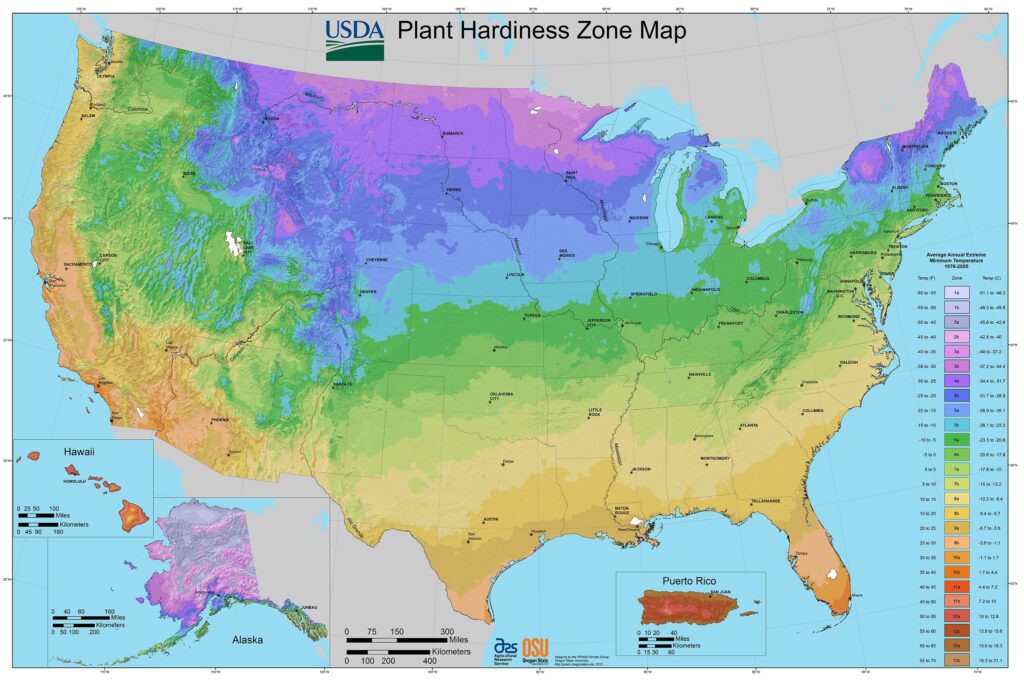In this blog post, we will go over the basics of how to grow and care for dusty miller plants. Dusty miller, also known as silverdust, is an easy-to-grow perennial that is known for its attractive fuzzy silver foliage. The plant does well in full sun to partial shade and can be grown in containers or garden beds. Read on to learn more
Best Dusty Miller Varieties
| Image | Name | Rating | Shop |
|---|---|---|---|
 | Cineraria Dusty Miller Silverdust | ||
 | Dusty Miller or Silver Dust Starter Live Plant | ||
 | Burpee Silver Lace Dusty Miller |
How to Grow and Care for Dusty Miller
Dusty Miller Hardiness Zones
Dusty miller is a perennial flowering plant indigenous to the Mediterranean region. It is a hardy plant that can be grown as a perennial in zones 8–11 and an annual everywhere else.
How Much Sun Do Dusty Miller Need
Dusty Miller can tolerate full sun to part shade, though it grows best in full sun. If you live in an area with hot summers, it’s best to grow Dusty Miller in a spot that gets some afternoon shade to prevent the leaves from wilting in the mid-day sun.
Dusty Miller Soil Requirements
Dusty Miller thrives in moderately fertile, well-drained soil and does not like excessively wet conditions. If your soil contains a lot of clay you can mix in some sand or compost to help improve drainage.
Dusty Miller Soil pH
Dusty Miller prefers slightly acidic soil with a 5.5 to 6.0 pH. This means it will grow well with other plants that like moderately acidic soil such as Gerber Daisies, tomatoes, and potatoes.
Dusty Miller Plant Spacing
To ensure your dusty miller plants have adequate spacing, plant them 2 to 3 feet apart. This will give them room to spread out and prevent overcrowding. Giving them plenty of space to grow will also help promote airflow, which helps reduce the risk of powdery mildew and other diseases. Plus, it’ll make it easier for you to enjoy their pretty silver foliage!
Dusty Miller Temperature Requirements
Dusty Miller is a heat-loving plant that thrives in the summertime. It’s a hardy plant that can withstand hot temperatures and still look gorgeous. So don’t be afraid to let this plant soak up some heat and sun – it loves it!
Dusty Miller Fertilizer Requirements
Dusty miller is a light feeder and only needs fertilizer when planted in marginal soil. A light application of compost or manure can be applied in the early spring before new growth begins. Otherwise, Dusty miller doesn’t require any additional fertilization.
Dusty Miller Water Requirements
Dusty Miller is drought tolerant thanks to its fuzzy leaves that help conserve moisture, and it can go weeks without water. However, it looks best and flourishes with one inch of water per week.
Dusty Miller Humidity Requirements
Dusty Miller is a highly versatile plant that can tolerate both high and low humidity levels. It is often used as an indoor plant in homes and offices because it does not require a lot of humidity to thrive. However, if the air is too dry, the leaves may start to brown and curl. If you live in an area with low humidity, you can raise the humidity levels in your house with a small humidifier.
Dusty Miller Pests
Slugs are the primary pests of Dusty Miller. They can cause significant damage to the leaves, and if left unchecked, they can completely defoliate a young plant.
There are several things you can do to protect your plants from slugs. One is to place a physical barrier around the plants, such as copper tape or shells. Another is to use slug bait, such as beer or sugar water. And finally, you can handpick the slugs or encourage slug predators to take up residence in your garden.
Dusty Miller Diseases
If you have a Dusty Miller plant that is wilting, yellowing, or otherwise not looking healthy, it may be suffering from root rot. Root rot is caused by a fungus that thrives in poorly drained soil. If your Dusty Miller is in soil that doesn’t drain well, the first step is to improve the drainage. You can do this by adding sand or other amendments to the soil. If the root rot is severe, you may need to replant your Dusty Miller in fresh, well-draining soil
















